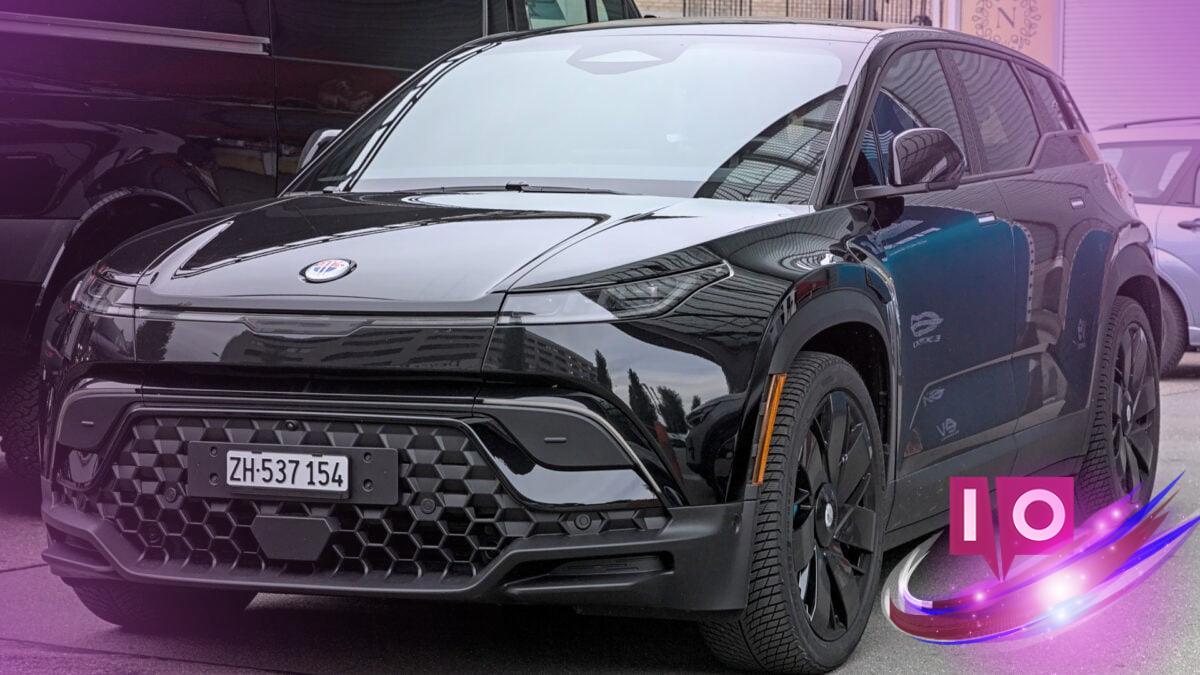Going green is a popular trend today, but it’s important to examine the implications behind such initiatives. One striking example is the case of American Lease in New York, which has spent roughly $45 million on 2,800 electric vehicles from Fisker, a company that has filed for bankruptcy and no longer has the capability to service these cars. These vehicles are intended for NYC’s Green Rides Initiative, raising some serious questions about their reliability and safety.
Before we delve into the details, it’s crucial to understand that American Lease’s decision wasn’t just about sustainability; it was a fast move that may have backfired. The short-lived Fisker, known for producing just 11,000 of its Ocean model, grants insights into a flawed strategy that highlights the complexities at play in urban transportation efforts.
Why Did American Lease Buy Fisker’s Cars?
American Lease, in a somewhat impulsive decision, opted to acquire these vehicles when executives were inspired by news about Fisker’s founder, Henrik Fisker, who had listed his lavish home for a price exceeding the company’s market value at the time. Josh Bleiberg, the executive vice president, recounted, “So I was like, ‘Screw it: Let’s buy Fisker.'” This impulsive move has since raised numerous eyebrows.
The Challenges with Fisker’s Ocean SUV
Fisker’s Ocean SUV debuted in 2020 but quickly faced regulatory scrutiny due to safety violations, leading to a recall of all 2024 models right before the company declared bankruptcy. Of the 10,000 Oceans produced in 2023, merely 4,929 reached customers, exacerbated by numerous issues like unexpected power loss, dashboard malfunctions, braking failures, and the potential for vehicles to unintentionally move.
According to the National Highway Traffic Safety Administration (NHTSA), “A door that fails to open can prevent occupants from exiting in an emergency, increasing the risk of injury.” One Bloomberg reporter noted quirks like the “ghost light,” a feature that randomly illuminates for several seconds before resetting, and “California Mode,” which can cause windows to stick down.
How Affordable Are Fisker Vehicles Now?
Despite their troubled history, American Lease managed to secure Fisker’s cars at a fraction of their original luxury price. Formerly valued at around $70,000 (€66,000), American Lease purchased them for approximately $16,000 (€15,000) each. However, it’s uncertain whether this price took into account the significant recall issues and potential repair costs ahead.
What Does This Mean for NYC’s Green Rides Initiative?
New York City’s ambitious Green Rides Initiative aims for all Uber and Lyft rides to be emissions-free by 2030. However, limited availability and reduced federal incentives have left fleet operators scrambling. They often resort to vehicles from failing companies—like Fisker. Ironically, Bleiberg expressed doubts about the Ocean’s longevity, stating, “We don’t anticipate these cars lasting much past 150,000 to 200,000 miles.”
So, can these vehicles truly support a sustainable transportation future? The reliability concerns raise a red flag, and it casts doubt on the viability of such “green” policies if they are based on unstable foundations.
Could this situation happen in other cities? Absolutely. As cities push for electric fleets, they may inadvertently build a market for vehicles from unstable startups or those with unresolved safety issues. It’s essential for stakeholders to recognize the risks involved in such investments.
As electric vehicles gain traction, do people consider the long-term impacts of buying from fledgling companies? Many consumers may prioritize immediate savings but overlook future reliability and safety concerns, which can lead to costly ramifications down the line.
What makes Fisker’s situation especially intriguing is the chase for innovation versus the need for stability in urban transport. There’s a line between making quick decisions for the sake of sustainability and ensuring that those decisions are grounded in reliability and functionality.
If you’re intrigued about the evolution of electric vehicles and how policy affects urban planning, there’s more to explore. As seen in the case of American Lease and Fisker, understanding the dynamics between sustainability and practicality is key. Continue your journey into the world of electric vehicles and urban transit challenges by visiting Moyens I/O for more insightful content.
